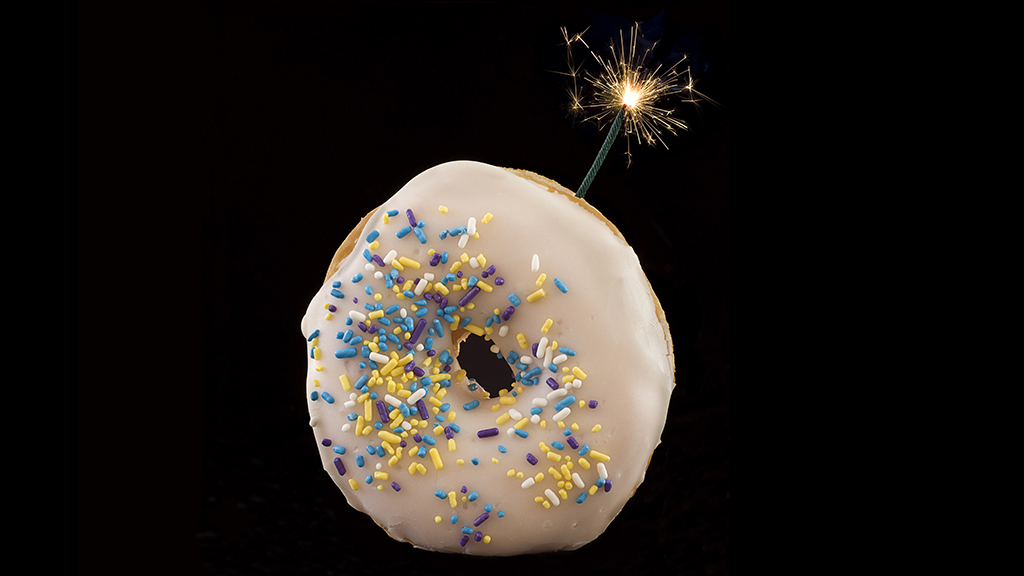Abstract
This case study explores the topics of diffusion, osmosis, membrane transport, and the physiological significance of glucose and insulin in the human body. The story begins with a high school athlete, Timmy, who is incredibly efficient at metabolizing carbohydrates for energy; this is where the reader is introduced to normal carbohydrate digestion and metabolism for energy within skeletal muscle cells. As Timmy enters college, he withdraws from sports and physical activity but continues to consume massive amounts of highly soluble carbohydrates, resulting in insulin resistance and ultimately type II diabetes. Throughout the case students are prompted with conceptual questions and interactive figures that require the application and transfer of information they have been introduced to. Originally written for intermediate and advanced physiology courses that cover foundational and complex concepts in science, the case is also appropriate for courses in intermediate biology, nutritional sciences, animal sciences, and exercise sciences.



